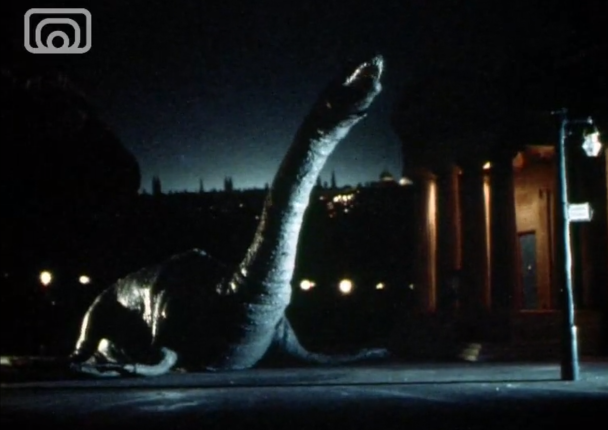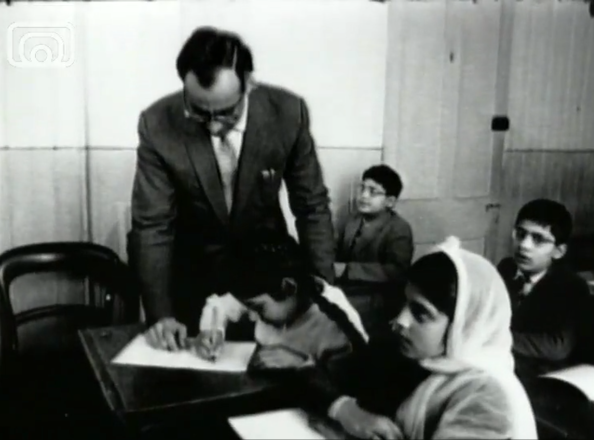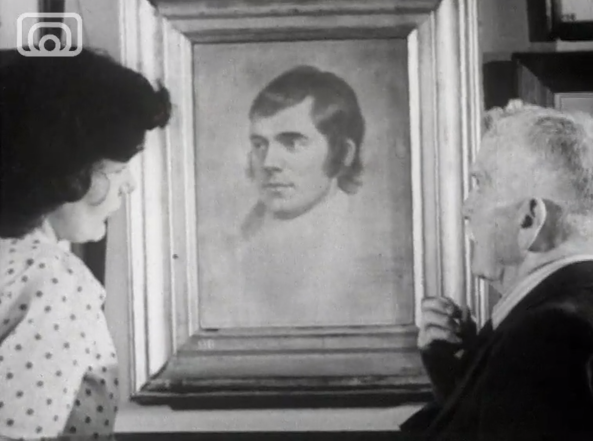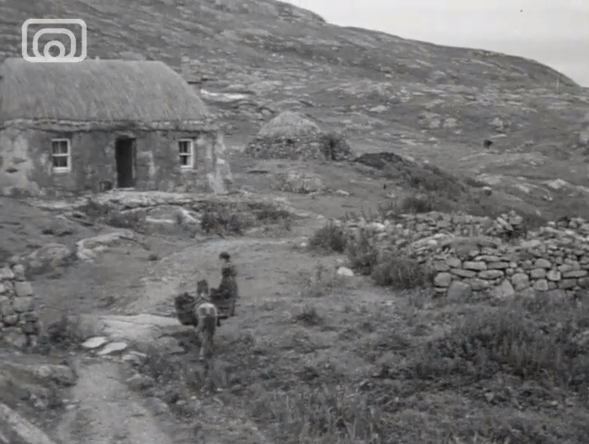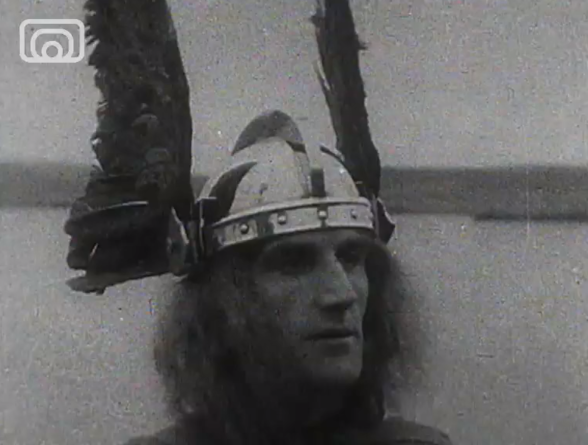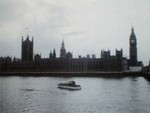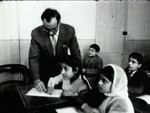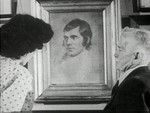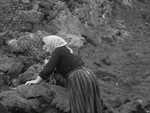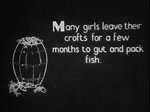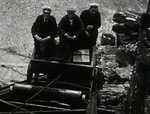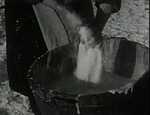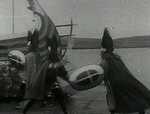Stories of Scotland - First and Second Levels
- Introduction
- Lesson
- Film Clips
- Print All
Introduction
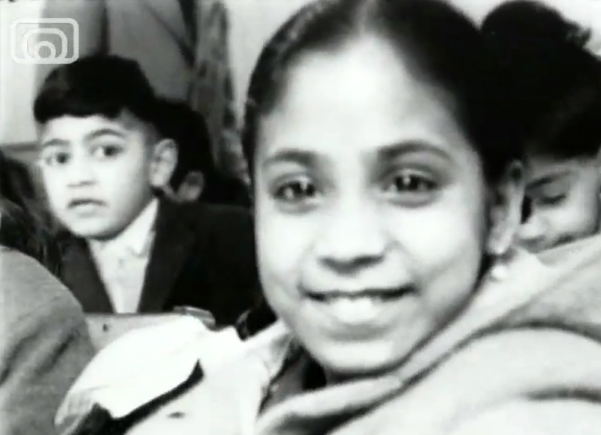
Scotland is full of stories. In this lesson guide you will see how different communities, cultures and myths have been represented through the storytelling medium of film.
You will probably have encountered lots of different storytelling mediums (e.g. books, poetry, myths and legends, animated stories, documentaries). Different styles of storytelling can impact on the message and purpose of a story.
In this lesson guide you can explore different types of films and use your critcal and creative skills to understand them.
Note for teachers
These films have been selected to accompany the learning journey 'Stories of Scotland' (see file below).
The downloadable learning journey connects with different areas of the Curriculum for Excellence (First and Second Levels) with particular relevance to literacy, social studies, sciences, expressive arts and health and wellbeing.
Attached Files
Lesson
Watch these films and answer the questions
FILM 1: The Loch Ness Monster Movie (1984)
Drama about the escape of the Loch Ness Monster.
What do you see and/or hear? What do you think is happening? Talk about any questions you have.
Questions
- What do you think about countries ‘owning’ other parts of the world?
- What do you think of the film techniques used to make a monster (sound and image)?
- What techniques are used to make the monster scary?
- Why do you think people enjoy this sort of fantasy/horror story?
- What ways do people access news in the film? How do we get our news today?
FILM 2: Pakistani People in Scotland (c1960)
A look inside a 1960s classroom.
Questions
- Does the classroom look similar or different to yours?
- Do you recognise what language is being taught in this school? What languages are you learning?
- Why do people migrate to different countries? What are the challenges of moving to a new place?
- Where can you find out more about South Asian heritage in the UK?
FILM 3: Immortal Memory of Robert Burns (1946)
A tour to Burns' cottage in Alloway.
Questions
- What do you learn about Robert Burns in this film?
- How does the filmmaker let us know this film is about a journey?
- Can you recite a poem or song from memory?
- Why do people visit Scotland today?
- Who do you think this film was made for?
FILM 4: Eriskay - A Poem of Remote Lives (1935)
A film about Eriskay's crofting life.
Questions
- Find Eriskay on a map. What does the landscape look like?
- What fuel source are the locals using?
- Why are sheep farmed?
- What sort of music is used in the film? What music was popular in the 1930s?
- What does 'rich in legends' mean?
FILM 5: A Crofter's Life in Shetland (1935)
Fishing at Lerwick Harbour (clip 1), the most northerly lighthouse (clip 4) and the Up Helly Aa (clip 6)
Questions
- What do you learn about the work done by women to prepare fish?
- What do you think it was like looking after the lighthouse?
- Can you name the different shots used in the clips? (eg close up, medium shot, long shot)
- What happens at the Up Helly Aa?
Activities
- Compare the films. Which do you think is the most interesting story and why?
- Take inspiration from a film to design your own costumes and act out a scene.
- Share a meal with food from different places and cultures.
- Refer to the learning journey for lots of other ideas.
The Stories of Scotland learning journey was prepared during Scotland's Year of Stories by teacher Shirley Brightman in collaboration with the National Library of Scotland Moving Image Archive and Screen Scotland.
Created October 2022.
